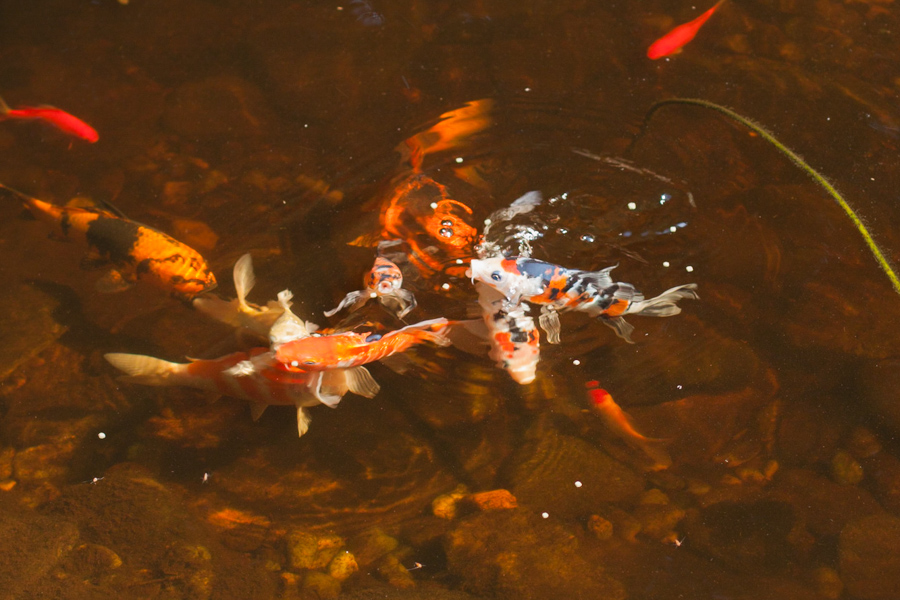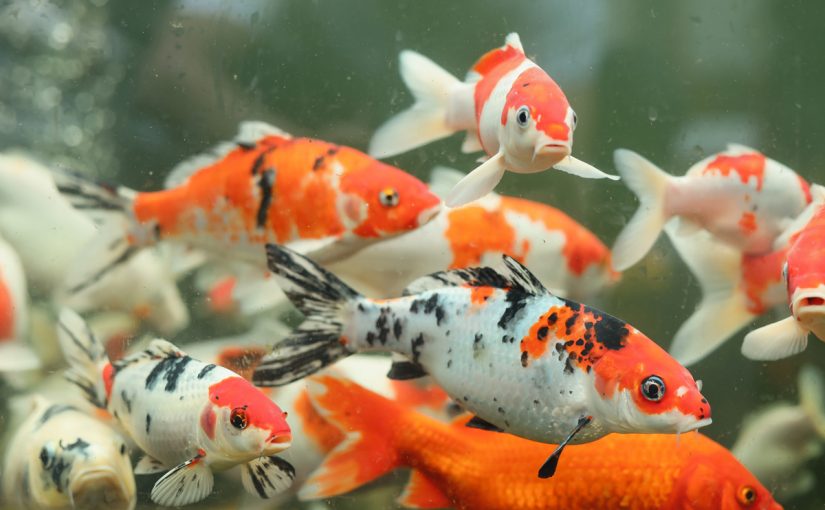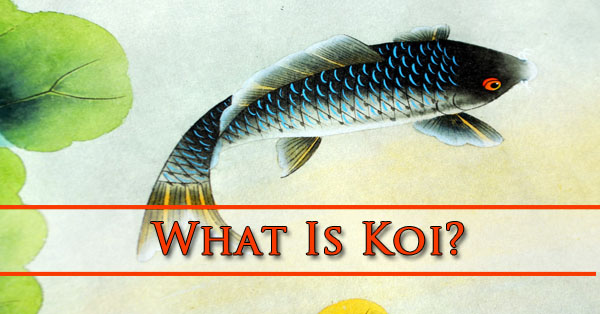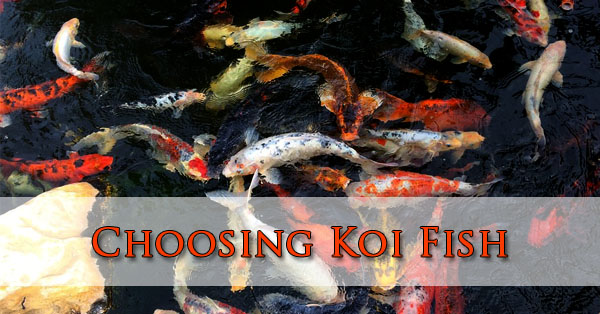
Koi fish have amazingly diverse patterns and colors and they have a very long lifespan ranging from 20 to over 200 years old but averaging around fifty years You can count the rings on their scales to determine their age! Read on to learn more.
Koi fish have not always decorated ponds; they were originally bred for food in Japan. A few of these colorful koi impressed their breeders so much they became highly regarded. This began their journey into ponds around the world.
Seeing large brilliantly colored koi fish inspired me to look into keeping them myself. Before I purchased a koi fish, life expectancy was a serious consideration, and it should be yours as well. Their life span determines the ownership commitment, which is crucial to ensuring that you will be able to give your koi a lifelong home.
Factors Impacting Lifespan
- Genetics
- Nutrition
- Water Quality and Environment
- Wintering
- Genetics
Nutrition
Koi need a healthy diet to live a long life. But what is the best food for koi fish? Always read the label of any food you consider purchasing, and look for the following ingredients:
- Protein. The first ingredient should be either fish meal or soy.
- Fats. Young koi need 10% fats and adults need 3% fats in their diet.
- Carbohydrates. Look for rose hips, soybeans, corn, or wheat in the first 5 ingredients.
- Vitamins and minerals. Koi need calcium, phosphorus, magnesium, potassium, and sodium.
Outdoor Pond Tips
Most people keep koi in outdoor ponds due to their size. When designing their pond, consider the following:
- Bigger is better. Your koi fish will grow quickly; make sure they have room to grow.
- Sunlight. While ponds need some sunlight, too much sunlight will cause koi to overheat and encourages algae growth.
- Depth. Koi ponds should be at least 5 feet deep. Be sure to check where power lines are buried on your property before digging.
- Predators. Outdoor ponds must be protected against predators who like to eat fish.
Source: https://thewittyfish.com/how-long-do-koi-fish-live/
Koi Fish For Sale In Arizona
Phoenix’s best choice in Koi fish is located conveniently in Peoria Arizona. The Backyard Pond has everything you need to start, maintain, and upgrade your backyard ponds. From the liner and aquatic plants to the Koi fish themselves we can help you get your dream Koi pond started. Stop by our store or give us a call to get your questions answered.


